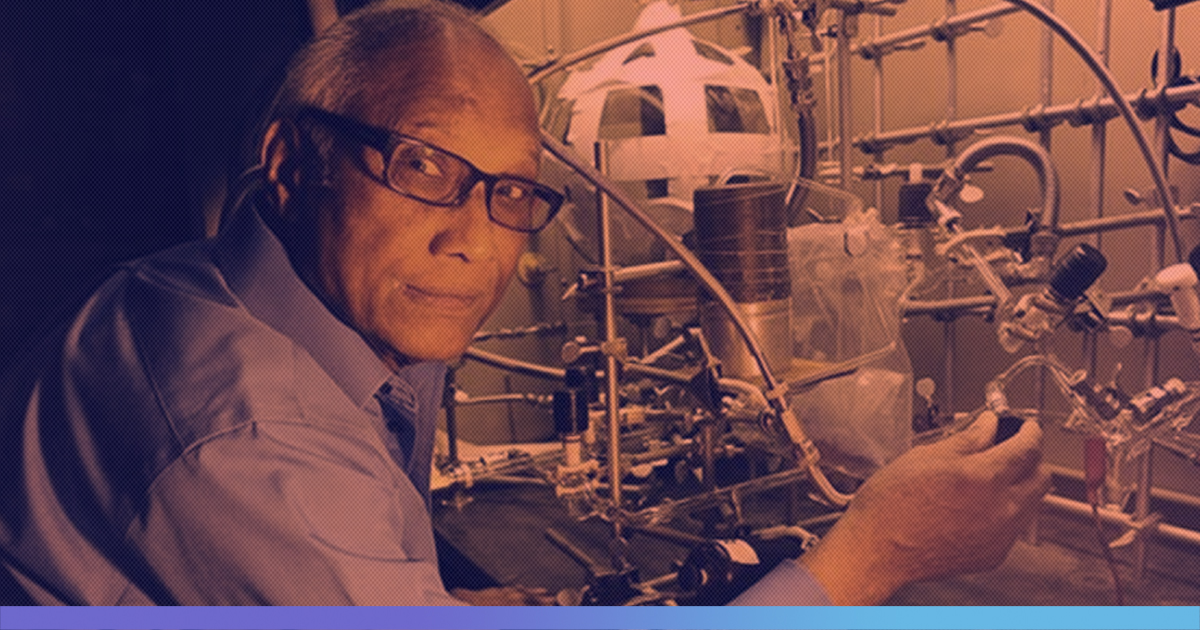Pluto has now an Indian name on its surface. A crater on Pluto has been named after an Indian physicist – Bishun Khare by the International Astronomical Union (IAU).
The Khare Crater was among the 14 Pluto features named by the IAU on the recommendation of NASA’s New Horizon team that sent the first spacecraft to Pluto for exploration in 2015.
Khare passed away on August 20, 2013, at the age of 80.
Who is Bishun Khare?
Born in Varanasi on 27 June 1933, Khare was a polymath with several degrees to his name. He obtained a degree in physics, mathematics and chemistry from Benaras Hindu University. Later, he moved to New York for higher education.
Khare completed his doctorate in physics from Syracuse University, New York and went on for post-doctoral research at Stony Brook University, New York and the University of Toronto. He later worked with renowned American astronaut – Carl Edward Sagan at Cornell University for a considerable time.
Khare’s Work
Khare and Sagan together worked on multiple research papers and projects. In the 70s, Khare and Sagan followed up on an experiment from two decades earlier where water, along with atmospheric gases, was heated with artificial lighting to transform into amino acids, at the University of Chicago. Their experiment confirmed that amino acids could have been created naturally in the underdeveloped atmosphere from four billion years ago.
According to a statement from the IAU, Khare during his time as an associate with Sagan worked on Tholins, a compound which causes the darkest and reddest patch on the Pluto.
In 1996 Khare joined NASA Ames as a Senior National Research Fellow. Two years later he joined the SETI Institute.
Apart from Khare, IAU has named Pluto’s various features after Wright Brothers, Auguste Piccard, and Percival Lowell. Two years ago, IAU named two mountains on the celestial body as Tenzing Norgay and Sir Edmund Hillary.
Also Read: Indian Scientists Discover New Planet 600 Light Years Away











